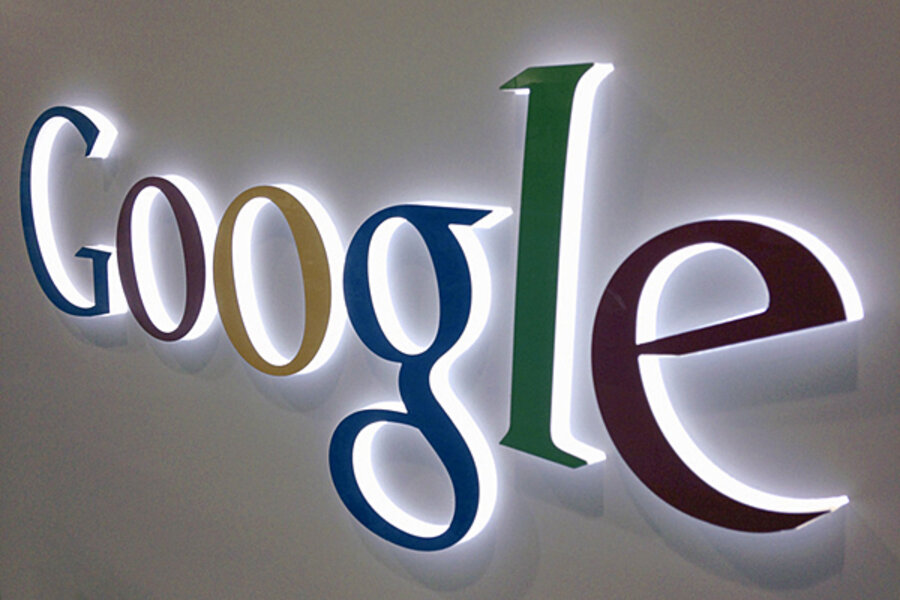Google rethinks Google+, spinning off several successful pieces
Google+ is getting a makeover.
The social networking site from Google has dwindled in users, and has failed to be the one-stop social shop that Google hoped it would be. With that in mind and under new leadership, Google+ is spinning off its Photo service from Streams with the idea that users may be more interested in individual Google products over a comprehensive service.
For now, Google+ still lives, though Photos, Streams, and Hangouts will be separate products. Google has yet to explain how the change will affect the future of the social network, and for now Google says no changes will be immediately apparent. But this weekend Sundar Pichai, Google’s senior VP of products, mentioned in a talk at the Mobile World Congress in Barcelona, Spain, that the service was due for a change.
“Google+ was always two things: a stream and a social layer,” Mr. Pichai says, according to PC World. “The stream has a passionate community of users, but the second goal was larger for us. We’re at a point where things like photos and communications are very important. We’re reorganizing around that.”
He also recently told Forbes, “I think increasingly you’ll see us focus on communications, photos, and the Google+ Stream as three important areas, rather than being thought of as one area.”
So essentially what used to be one product will now be three. How that will play out is largely unknown. What we do know is that Bradley Horowitz, a longtime Google vice president, will overlook the transition.
“Just wanted to confirm that the rumors are true -- I’m excited to be running Google’s Photos and Streams products,” he wrote on his Google Plus page Sunday night. “It’s important to me that these changes are properly understood to be positive improvements to both our products and how they reach users.”
He takes over from former engineering vice president David Bresbis, who was promoted to head of Google+ a little under a year ago.
Google’s Photo product has always been a draw of Google+, with its massive storage capacity and solid photo editing tools. There are also some quirky, but very helpful features, such as one that weaves together a burst of snapshots to create a group photo where everyone is smiling and no one is blinking. Users can also create GIFs and create collaborative albums with friends.
It was clear at the inception of Google+ that Google thought the future of social networks was an all-encompassing service that could work with messaging, photos, and social networking. But a variety of companies, ranging from WhatsApp to Snapchat to Instagram, have since splintered those services into separate, but successful, products. If a good experience is on three different apps, it has been proven customers will use all three. Google heard that, and now hopes to divide and conquer.






